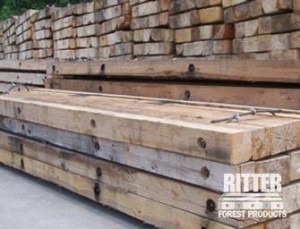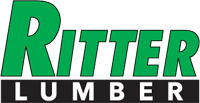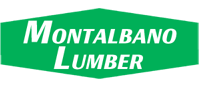
Whether you’re bringing in the big equipment for a remote worksite or dealing with especially wet or soft ground conditions, the use of dragline mats during the construction or demolition of a project is essential to provide both safe and functional working conditions. Dragline mats differ from traditional hardwood or other construction mats because their primary function is to serve as temporary roadways, which allow your heavy machinery to navigate soft soil without the risk of tipping over or getting stuck in the mud.
Dragline Mat Tips
Every foreman knows that these mats can save the lives of his crew, so here are a few tips for installing, using, and maintaining your dragline mats!
- Use dragline mats to cross streams and other shallow bodies of water when it is impossible to circumvent these hazards by using other routes.
- When using dragline mats to traverse soft ground, always be sure to clear away trees and underbrush from the path you will be taking. Remember to leave “bumper trees” to help guide skidded logs across the mats.
- Always place dragline mats at least three feet away from the highest visible water line for any body of water.
- Using a grapple, bulldozer, or cable skidder to transport the mats, which need to be individually placed and set, will increase the longevity and safety of your dragline mat.
Installing dragline mats is a great way to ensure the safety of all your crew members while making the difficult task of construction or logging in areas with unstable ground much easier to accomplish. At Ritter Forest Products, our mats are built with fresh-cut timbers, 8 inches thick, measuring 4 feet wide and 16 to 24 feet long. With cables or exposed bolts, getting these mats to the exact spot you need is a breeze.
Contact us today for more information on our dragline mats and other products or, request a quote online!








